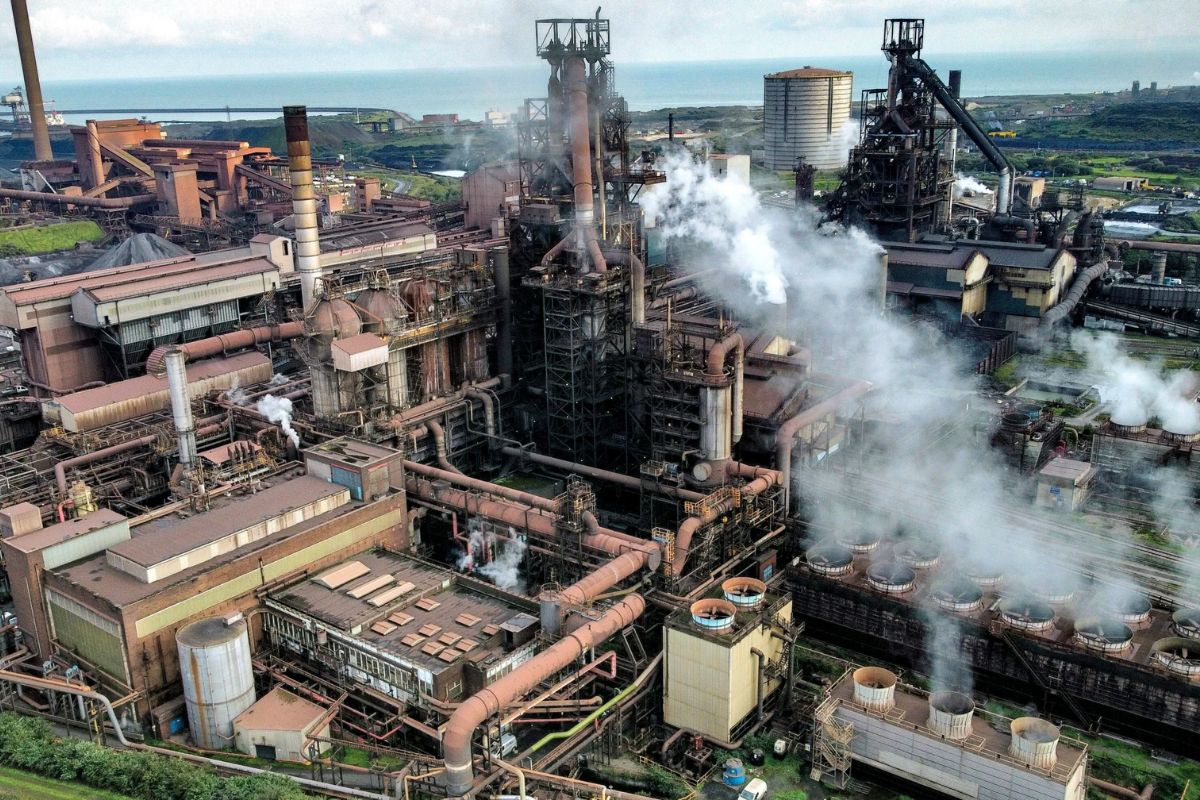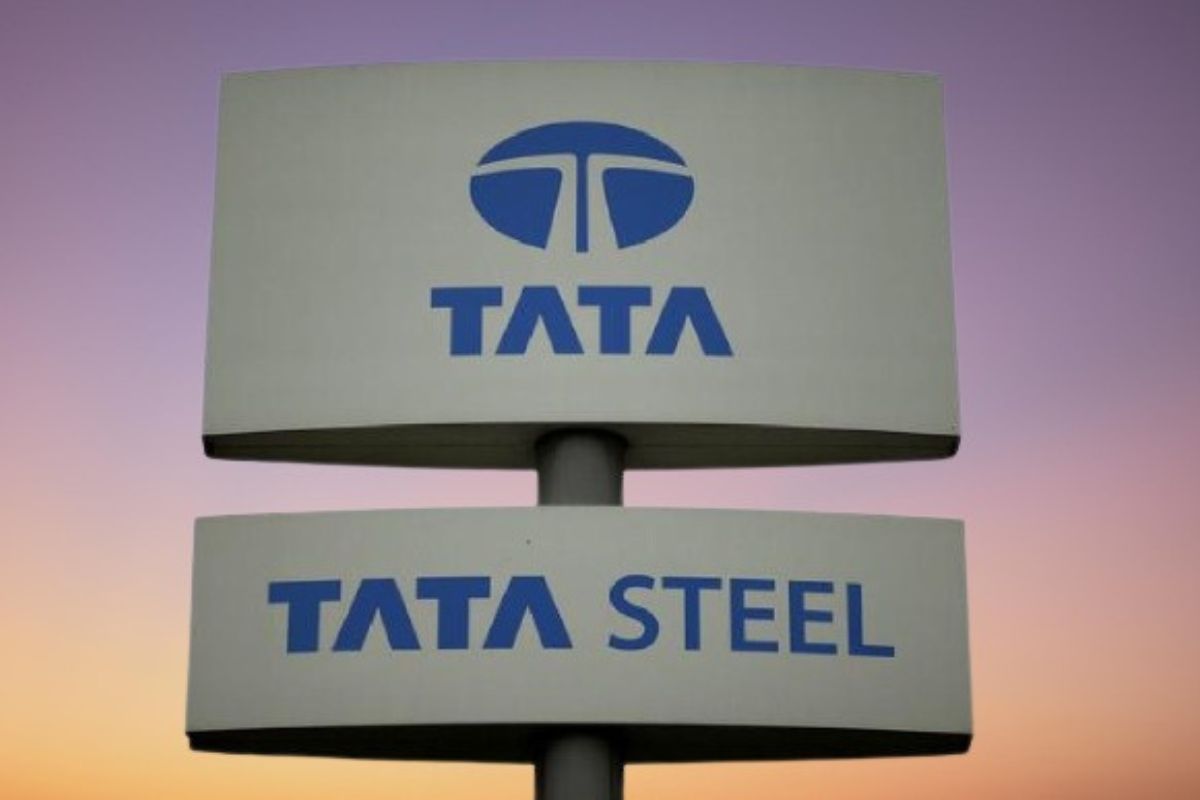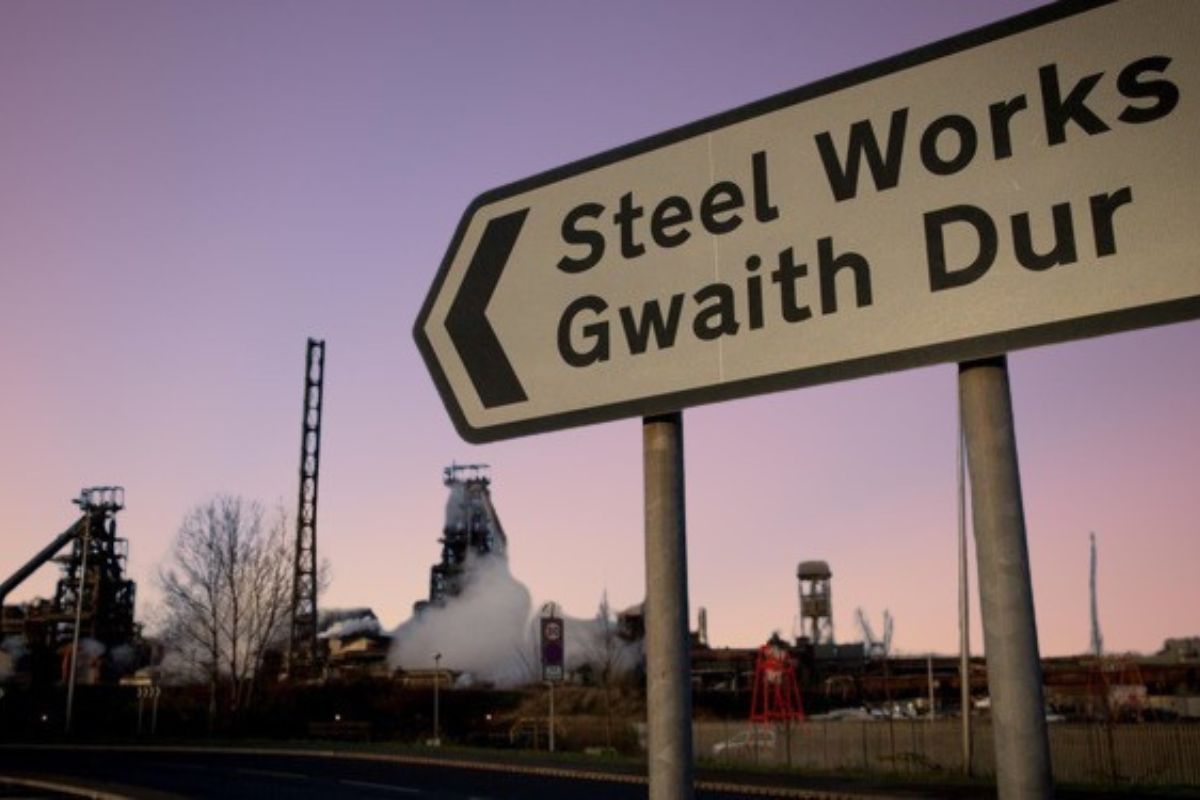Tata Steel Announces Closure: In a move that sent shockwaves through the British steel industry, Tata Steel recently announced its plans to close the blast furnaces in Port Talbot, resulting in the loss of approximately 2,800 jobs. This decision has sparked intense debate and raised concerns about the future of the sector.
While some argue that this restructuring is necessary for Tata Steel to remain competitive in a challenging global market, others condemn it as a betrayal of the workforce and a blow to the already struggling economy.
The closure of these blast furnaces not only carries immediate consequences for the affected employees but also raises broader questions about the direction of the industry, the role of government support, and the imperative to address environmental concerns.
With the fate of thousands of workers and the future of the steel sector hanging in the balance, the repercussions of this decision extend far beyond the confines of Port Talbot, leaving many wondering what lies ahead for the UK steel industry.
Key Takeaways
– Tata Steel’s strategic restructuring plan includes closing the blast furnaces at its Port Talbot plant in Wales.
– The closure is part of the company’s commitment to sustainability and transitioning to more environmentally friendly electric arc furnaces.
– Approximately 2,800 jobs are at risk, with an expected 2,500 job cuts within the next 18 months.
– Trade unions have opposed the restructuring plan, adding complexity to the future of Tata Steel and its employees.
Tata Steel’s Restructuring Plans: Closure of Blast Furnaces in Port Talbot
Tata Steel’s decision to close the blast furnaces at its Port Talbot plant in Wales marks a pivotal moment in the company’s strategic restructuring plan. This move signals a bold step towards revitalizing its UK steelmaking business and embracing a more sustainable and lower-carbon future.
Also Read: Green Steel Revolution: Tata’s Ambitious Plan to Transform Britain’s Industry
The closure of the blast furnaces is a significant step in Tata Steel’s transition to electric arc furnaces. These furnaces are more environmentally friendly and energy-efficient. By shutting down the blast furnaces, Tata Steel is acknowledging the need to reduce its carbon footprint and align with global efforts to combat climate change.
This decision, while undoubtedly challenging for the 2,800 employees affected, demonstrates Tata Steel’s commitment to transforming its operations and adapting to the changing demands of the steel industry. It also highlights the company’s willingness to make tough decisions in order to secure a more sustainable and prosperous future.
Job Losses Loom: Potential Impact on 2,800 Positions
The closure of the blast furnaces at Tata Steel’s Port Talbot plant in Wales not only marks a significant moment in the company’s strategic restructuring plan but also raises concerns about the potential impact on the 2,800 positions that are at risk.
With Tata Steel anticipating around 2,500 job cuts in the next 18 months, it is clear that the closure of the blast furnaces will have a devastating effect on the workforce. This move is part of Tata Steel’s efforts to navigate the challenging path of restructuring.
While the company plans to initiate a consultation process and maximize voluntary redundancies, the magnitude of the job losses cannot be ignored. The closure of the blast furnaces will not only affect the livelihoods of thousands of individuals but also have wider implications for the local community and economy.
Trade Union Opposition: Rejection of Tata Steel’s Plan
Trade union opposition to Tata Steel’s restructuring plan has raised concerns about the future of the company and the potential consequences for its workforce. The rejection of Tata Steel’s plan by trade unions, including Community, Unite, and GMB, highlights the deep-seated anxieties within the workforce.
The unions have announced their intention to consult members on potential next steps, including the possibility of industrial action. This response reflects the growing frustration and uncertainty faced by employees, who fear the loss of their livelihoods.
The opposition from trade unions also underscores the increasing tension between management and workers as Tata Steel moves forward with its restructuring efforts. The rejection of the plan by the unions further complicates the already challenging situation and adds another layer of complexity to the future of Tata Steel and its employees.
Environmental Impact and Government Support: Shifting to Electric Arc Furnaces
Shifting to electric arc furnaces presents a significant opportunity for Tata Steel to not only reduce Britain’s carbon emissions by 1.5%, but also align with the government’s commitment to fostering a greener steel industry.
The £500 million investment from the British government reinforces the importance of this transition, demonstrating their support for a sustainable and environmentally friendly steel sector. This move not only addresses the urgent need to combat climate change but also highlights Tata Steel’s commitment to corporate social responsibility.
By embracing electric arc furnaces, Tata Steel is setting an example for other steel manufacturers to follow, showing that it is possible to prioritize both economic growth and environmental sustainability.
This transition will undoubtedly have a positive impact on the local communities, as Tata Steel pledges a £130 million support package to help affected employees retrain and find new job opportunities, ensuring a just transition for all.
Industry Shift and Global Context: Challenges and Criticisms
While the shift towards electric arc furnaces presents an opportunity for Tata Steel to reduce carbon emissions and align with government sustainability goals, critics argue that this transition may come at the cost of diminishing the scale and competitiveness of the UK steel industry.
The move towards more environmentally friendly processes is commendable, but it raises concerns about the future viability of the industry. The challenges faced by the UK steel sector are not limited to Tata Steel alone. China-owned British Steel is also contemplating changes that could result in significant job losses. This global context highlights the complexities of balancing environmental concerns with industry viability.
It is crucial to find a solution that not only reduces carbon emissions but also ensures the long-term competitiveness of the UK steel industry.
Conclusion Of Tata Steel Announces Closure
The closure of Tata Steel’s blast furnaces in the UK will undoubtedly have a devastating impact on the 2,800 workers who will lose their jobs. This move highlights the challenges faced by the steel industry in the face of global economic shifts and environmental concerns.
While some may argue that the closure is necessary for the industry’s long-term sustainability, it is crucial for governments to provide support and assistance to those affected by such closures to mitigate the social and economic consequences.
Our Reader’s Queries
Q1 Who died in the Port Talbot Steel Works?
A In November 2001, an explosion at the Port Talbot plant resulted in the tragic deaths of three individuals: Len Radford, aged 53, Stephen Galsworthy, aged 25, and Andrew Hutin, aged 20. The incident occurred when blast furnace five erupted, causing molten liquid to descend on them. In addition to the lives lost, twelve other men sustained serious injuries in the blast. The explosion also inflicted significant damage to No.
Q2 How many employees does Tata Steel UK have?
A Currently, Tata Steel has a workforce of 8,000 individuals, with approximately 4,000 stationed at the UK’s largest steelworks in Port Talbot. This facility operates two blast furnaces powered by coal.
Q3 What is the production capacity of Tata Steel in the UK?
A Additionally, the company manages manganese and chromite mines. Within Europe, Tata Steel stands as a major steel producer, overseeing two active steel manufacturing facilities. One is situated in the UK, boasting a capacity of 5 million metric tons per annum (MnTPA), while the other is located in Mainland Europe (the Netherlands) with a capacity of 7 MnTPA.




